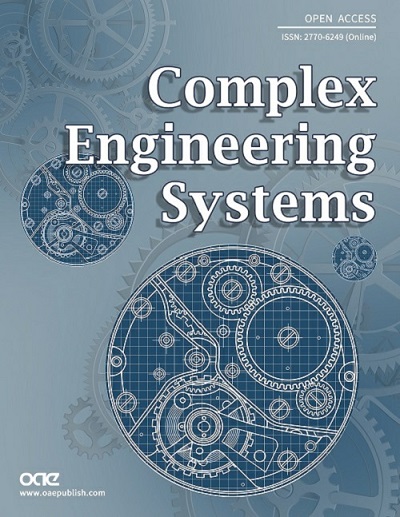Volume 4, Issue 2 (June, 2024) – 6 articles
Cover Picture: The air braking system is crucial for the safe operation of high-speed trains but is susceptible to faults from harsh environments and prolonged use. However, faulty data in practice are still rare because of the "safety oriented principle". For this purpose, fault injection is regularly employed. Due to the stochastic nature of faults in the system, random fault injection can more realistically simulate faulty scenarios compared to the deterministic fault injection. The traditional method entails analyzing a significant amount of raw data to extract the fault distribution function, followed by random sampling. However, the obstacles lie in the scarcity of raw fault data and the labor-intensive nature of constructing the fault distribution function. This paper proposes a layered random fault injection method based on multiple Markov chains. First, a multi-layer structured fault model base is established for the system, followed by the implementation of layered fault injection. Then, the random fault types and degrees are realized using Markov chains, in which the fault probability function is determined by the state transition matrix. Subsequently, a low-complexity Alias sampling algorithm is proposed for discrete random sampling. The nominal model is transformed into a corresponding fault model based on the sampling outcomes, facilitating the acquisition of fault data. Finally, a graphical user interface is developed to present and visualize the validation results.
view this paper 







